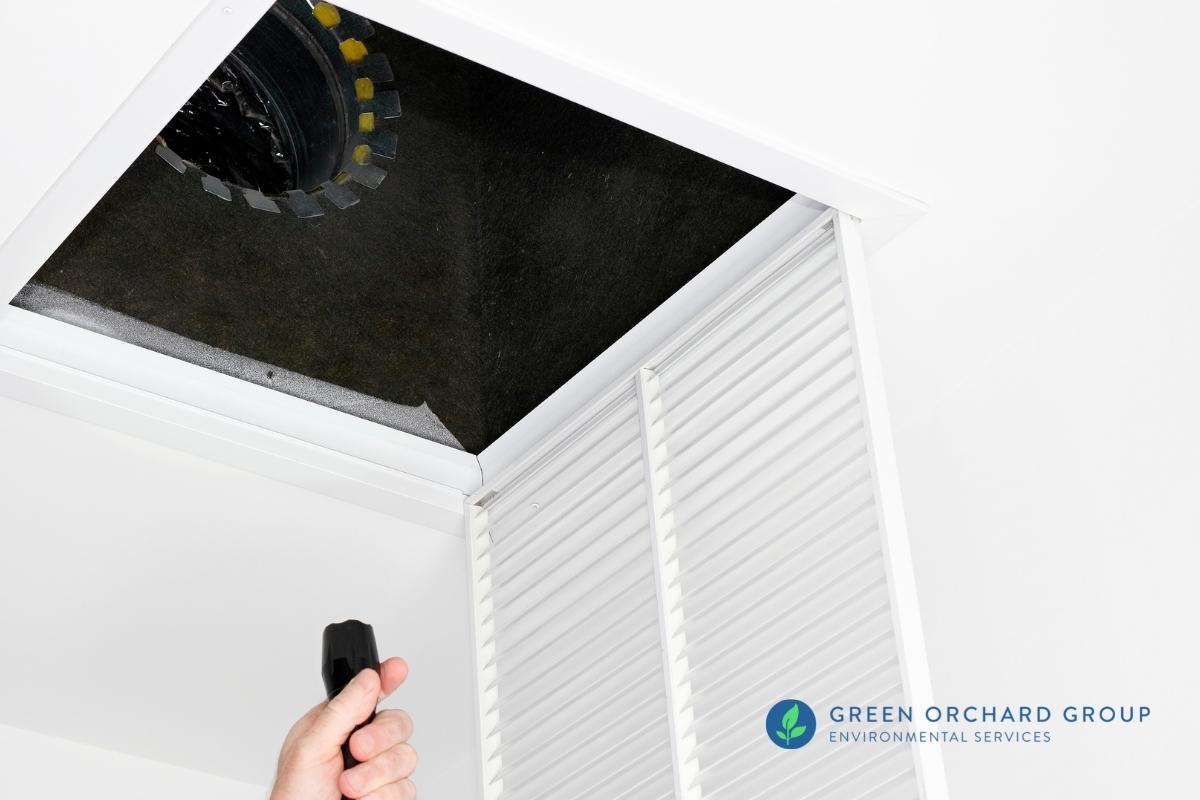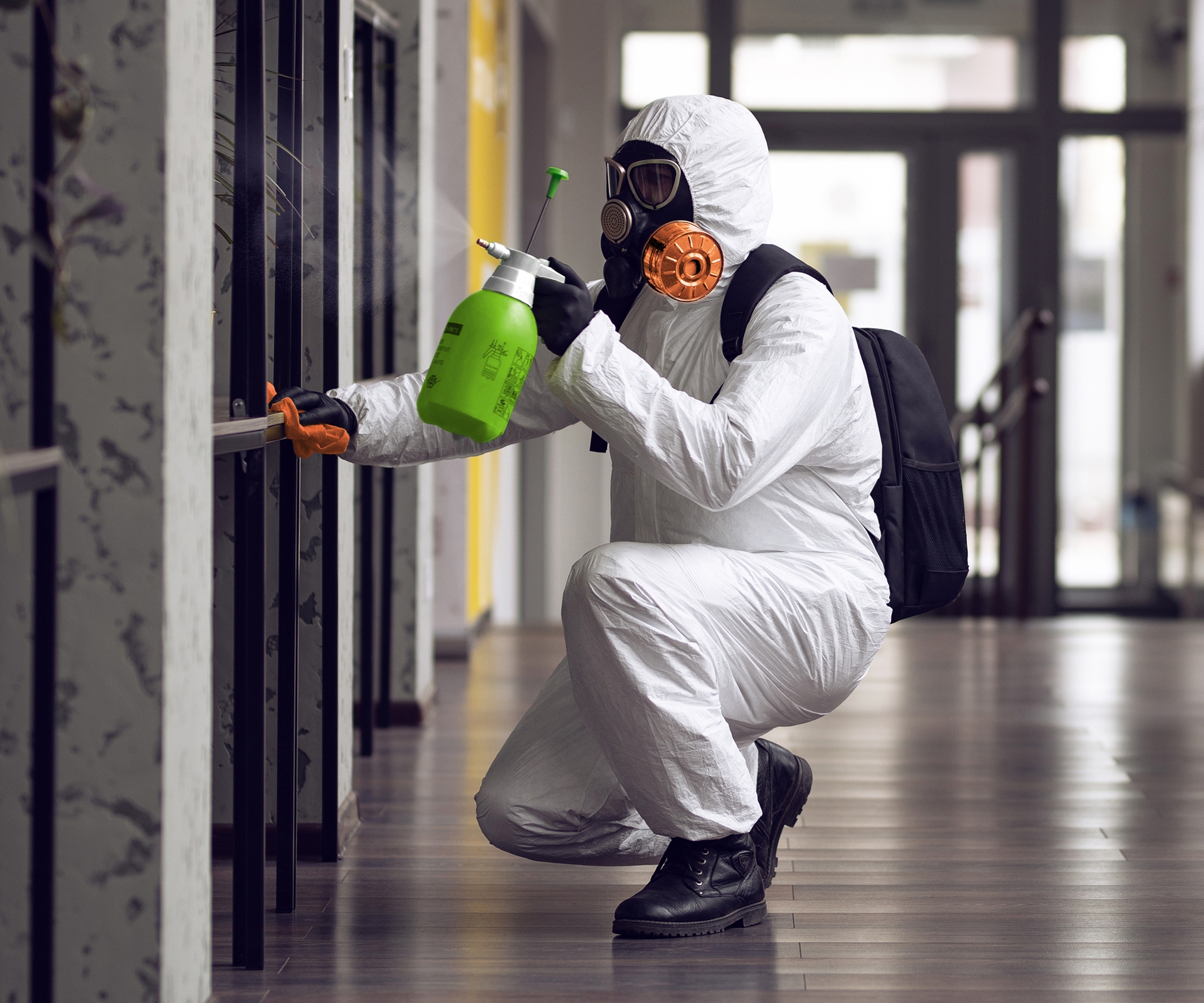Support on What to Do After Mold Remediation
Support on What to Do After Mold Remediation
Blog Article
Your Ultimate Overview to Message Mold Removal Strategies
Browsing the world of post-mold removal strategies is a thorough process that demands interest to information and an extensive understanding of the ins and outs entailed. In the aftermath of mold and mildew problem, recognizing how to properly remove the mold and mildew and stop its reoccurrence is paramount for keeping a healthy indoor atmosphere. From choosing the right cleaning and disinfecting methods to implementing strategies for long-lasting mold and mildew avoidance, each step in the removal trip plays a vital role in making sure an effective end result. As we start this exploration of post-mold removal methods, we will certainly reveal the crucial methods and best practices that can aid you restore your area to its pre-mold problem and secure it against future mold hazards.
Understanding Post-Mold Removal Refine
After completing the mold and mildew remediation procedure, it is important to understand the post-mold removal techniques that are essential to make sure a extensive and reliable cleanup. When the mold has been gotten rid of, the following step involves cleansing and disinfecting the influenced areas to avoid any kind of regrowth of mold and mildew. This includes utilizing specialized cleansing agents to wipe down surfaces and kill any remaining mold and mildew spores. It is vital to dry out the area entirely to prevent the growth of mold in the future (Post Remediation Inspection near me). Appropriate ventilation and dehumidification can help in this process.
In addition, conducting a last assessment post-remediation is vital to make sure that all mold and mildew has actually been effectively removed. If the assessment exposes any type of lingering mold and mildew, extra remediation may be essential.
Reliable Cleaning and Disinfecting Approaches

Stopping Future Mold And Mildew Growth

Significance of Appropriate Ventilation
Appropriate air flow plays a crucial duty in avoiding wetness buildup, a vital consider mold and mildew development within interior atmospheres. Reliable air flow systems aid eliminate excess humidity from the air, decreasing the opportunities of mold and mildew spores discovering the moisture they need to spread out and sprout. Without adequate air flow, interior rooms can come to be a reproduction ground for mold, causing potential health and wellness risks and structural damage.
By guaranteeing correct air blood circulation, ventilation systems can additionally aid in drying out damp locations quicker after water damage or flooding occurrences, additionally preventing mold growth. Post Remediation verification. Precede like washrooms, kitchens, basements, and attic rooms where dampness levels tend to be higher, setting up and maintaining effective ventilation systems is essential in stopping mold invasions

Monitoring and Maintenance Tips
Offered the important function that proper ventilation plays in protecting against mold growth, it is essential to establish reliable monitoring and upkeep suggestions to make sure the ongoing performance of air flow systems. Normal evaluations of air flow systems need to be carried out to check for any indicators of blockages, leaks, or breakdowns that might restrain appropriate air flow. Surveillance humidity levels within the residential or commercial property is also crucial, as high moisture can add to mold and mildew development. Installing a hygrometer can assist track humidity levels and sharp house owners to any type of spikes that may need interest. Furthermore, ensuring that air filters are on a regular basis cleaned up or replaced is essential for keeping the performance of the ventilation system. Applying a schedule for regular upkeep tasks, such as air duct cleansing and a/c system assessments, can assist avoid concerns before they intensify. By staying proactive and conscientious to the problem of ventilation systems, homeowner can successfully mitigate the threat of mold regrowth and maintain a healthy interior setting.
Verdict
To conclude, post-mold removal techniques are necessary for making certain a clean and safe environment. Comprehending the procedure, implementing effective cleansing and disinfecting approaches, avoiding future mold development, keeping proper ventilation, and normal tracking are all crucial action in the remediation process. By complying with these standards, you can efficiently get rid of mold Post Mold Remediation Report and mildew and stop its return, promoting a healthy living or functioning space for all residents.
In the after-effects of mold and mildew problem, understanding how to efficiently eliminate the mold and mildew and stop its reoccurrence is paramount for maintaining a healthy indoor setting. As soon as the mold has actually been gotten rid of, the following action involves cleaning and disinfecting the influenced areas to stop any type of regrowth of mold and mildew - testing air quality after mold remediation. After removing visible mold and mildew growth, it is critical to clean up all surface areas in the damaged area to eliminate any type of continuing to be mold spores. To additionally boost mold avoidance steps, it is essential to attend to underlying issues that originally led to mold development.Provided the essential function that appropriate ventilation plays in protecting against mold and mildew growth, it is imperative to establish effective tracking and upkeep pointers to make certain the continued performance of air flow systems
Report this page